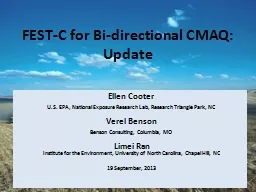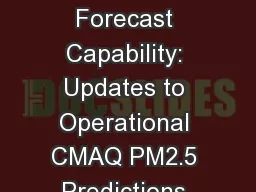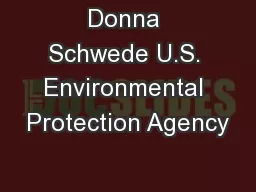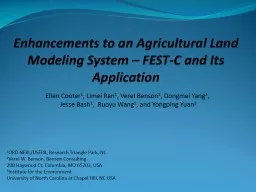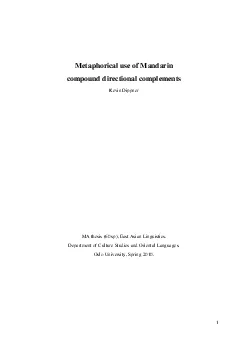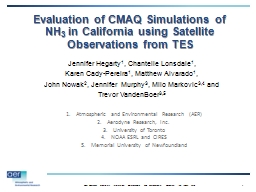PPT-FEST-C for Bi-directional CMAQ:
Author : bigboybikers | Published Date : 2020-06-19
Update Ellen Cooter US EPA National Exposure Research Lab Research Triangle Park NC Verel Benson Benson Consulting Columbia MO Limei Ran Institute for the Environment
Presentation Embed Code
Download Presentation
Download Presentation The PPT/PDF document "FEST-C for Bi-directional CMAQ:" is the property of its rightful owner. Permission is granted to download and print the materials on this website for personal, non-commercial use only, and to display it on your personal computer provided you do not modify the materials and that you retain all copyright notices contained in the materials. By downloading content from our website, you accept the terms of this agreement.
FEST-C for Bi-directional CMAQ:: Transcript
Download Rules Of Document
"FEST-C for Bi-directional CMAQ:"The content belongs to its owner. You may download and print it for personal use, without modification, and keep all copyright notices. By downloading, you agree to these terms.
Related Documents

